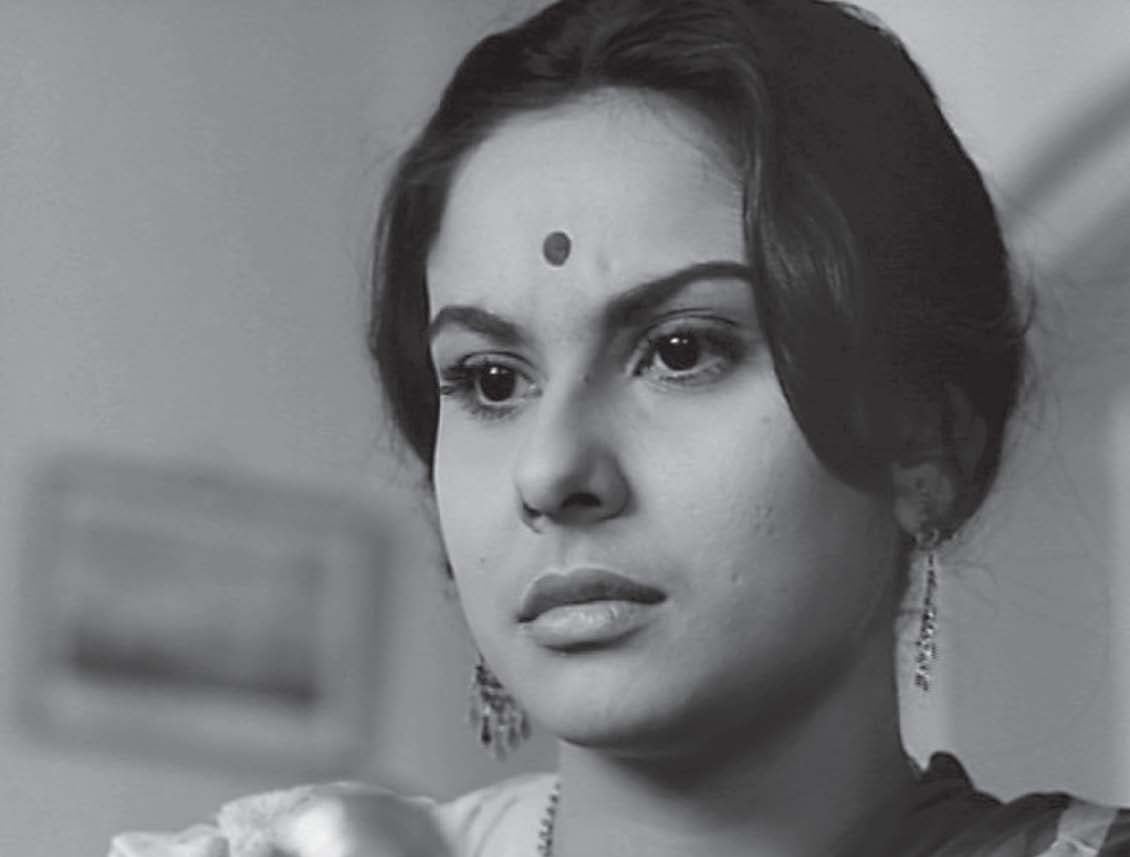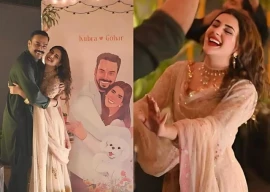
Screened at Safma on Friday Charulata, much like Rays other films, is not epic in its view like say The Chess Players (1977) but is an intimate, parlour view of a nineteenth century Bengali family -- steady and quite promenading in its issue.
Being possibly the most seminal of Bengali directors, Satyajit Ray was instrumental in creating art house pictures in an industry that was awash in cloying commercial fair aesthetically craven to the extreme.
Indian cinema was earmarked more for its sweeping musicals than its art house ventures, rarely breaking this mould.
But in Ray’s focused Bengali ethos, film found a solemn auteur lasting in his meaning, and singularly unique. His now classic Apu trilogy is considered to be one of the finest series of films ever made and has inspired the likes of German great Werner Herzog (who uses the trilogy in his workshops) and the offbeat American favourite, Wes Anderson, whose 2007’s The Darjeeling Limited was a homage to Ray, using even Charaluta’s famous theme song as part of the score.
In this familial tale, Ray brings to us Charu (Madhabi Mukerjee), the wife of a moneyed Bengali newspaper man (Dada), whose indolent days are filled with boredom and want.
Confined to a grand mansion, she is given little attention from her indifferent husband, whose time and dedication rest with his newly launched political paper, trying to dispel the image of the ‘idle rich’.
For Charu though, with no activity or fulfilment in her life as a house frau, this is of little comfort. Her occasional indulgences involve voyeur-like viewing through opera glasses of those outside and infrequent brushes with the Bengali literati.
To this stalemate enters Dada’s cousin, Amal (Soumitra Chaterjee), a sensitive, aesthetic graduate and Charu’s brother, a failed lawyer.
Though he is invited to run Dada’s paper, Amal, in his own words, is in between work and on a double dose of relaxation.
Charu, forever bored, at once takes a liking to Amal, doting upon him and even being possessive. In him, she finds all the qualities that though her husband may not lack are rarely ever apparent. Amal, unwittingly stirs something within Charu, their platonic relationship edging awfully close to something else.
But it seems that this attraction is unrequited, as in one of the film’s most famous scenes, we see the reversal of the “gaze”, Amal busy writing, uninterested, and Charu leering at him - the scene underscored by Ray’s fixation with eyes, enhanced by Mukerjee’s wide, perfect almond-shaped eyes.
This seeming ménage grinds to a halt when Charu’s brother steals from her husband, the sudden loss prompting Amal to leave.
It is in his departure that a distraught and lachrymose Charu throws herself on her bed, her husband quietly witnessing her discomposure.
Becoming estranged he leaves and their forced reunion, upon his return, constitutes a gem of cinema -- where celluloid stops, to be replaced by deeply contrasted photos, the couples hands suspended in air with indecision as a servant walks in, Dada lost as to what to do.
Mukherjee continues in the line of Bengali coquettes, being coy yet modest, perfecting the come-hither-eyes, something Sharmila Tagore did in Apu Sansar (1959). She is mercurial and her breaks in reserve tend to throw up a lot of drama. Chaterjee as well, continues with a form he has portrayed before, an aloof and charming artist.
Ray capitalises on his actors’ performances and the source material, but as a watermark, keeps the filmmaking exciting and innovative as when Charu catches the eye of the camera, it immediately retreats as if caught spying. Ray’s ability to draw unassuming contention and drama from seeming torpor is what makes him so gifted and a treat to watch. Certainly one Indian director who deserves to be watched.
Published in The Express Tribune, January 15th, 2011.



1719211536-0/BeFunky-collage-(81)1719211536-0-165x106.webp)



















COMMENTS
Comments are moderated and generally will be posted if they are on-topic and not abusive.
For more information, please see our Comments FAQ